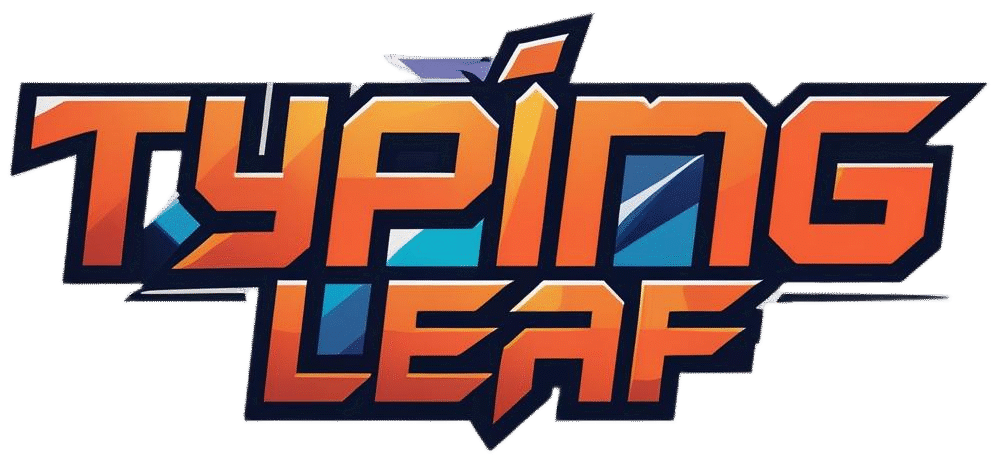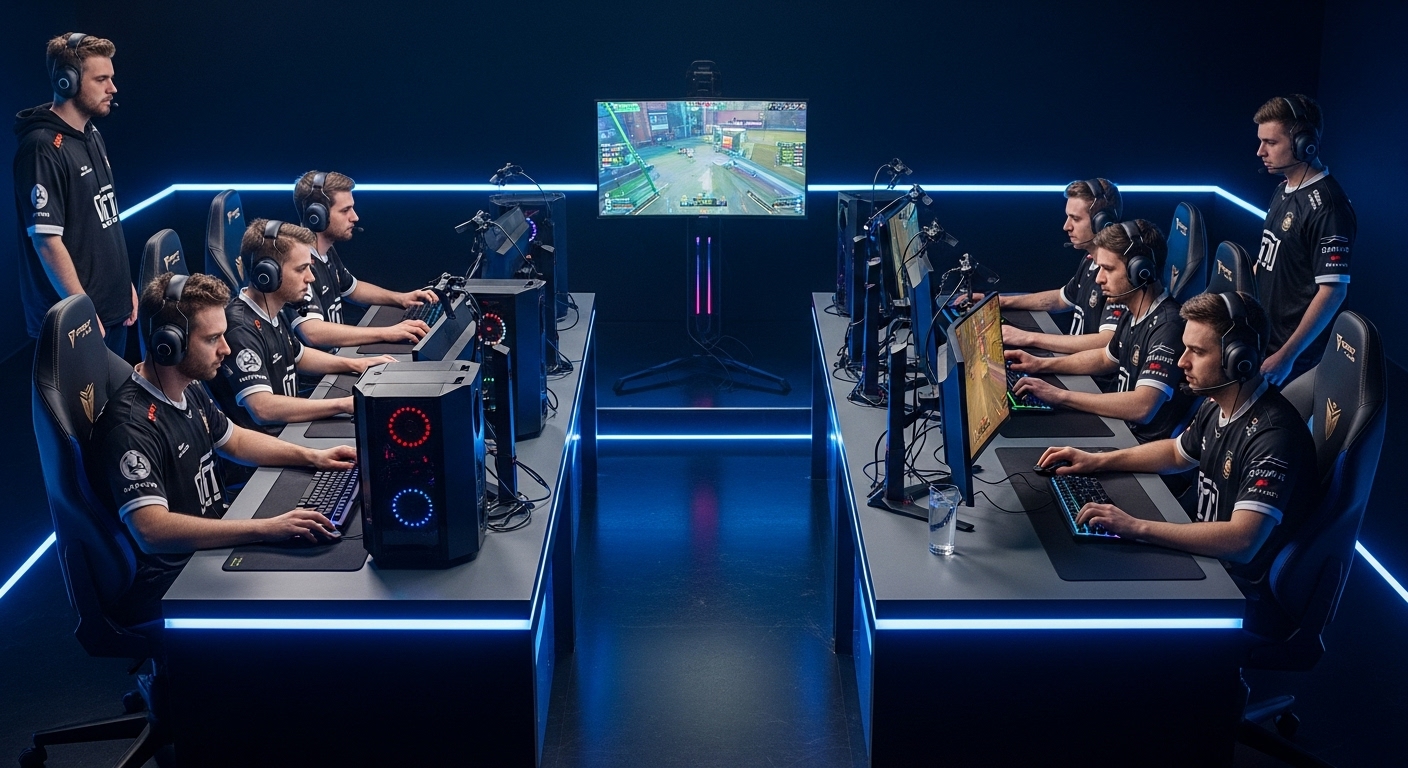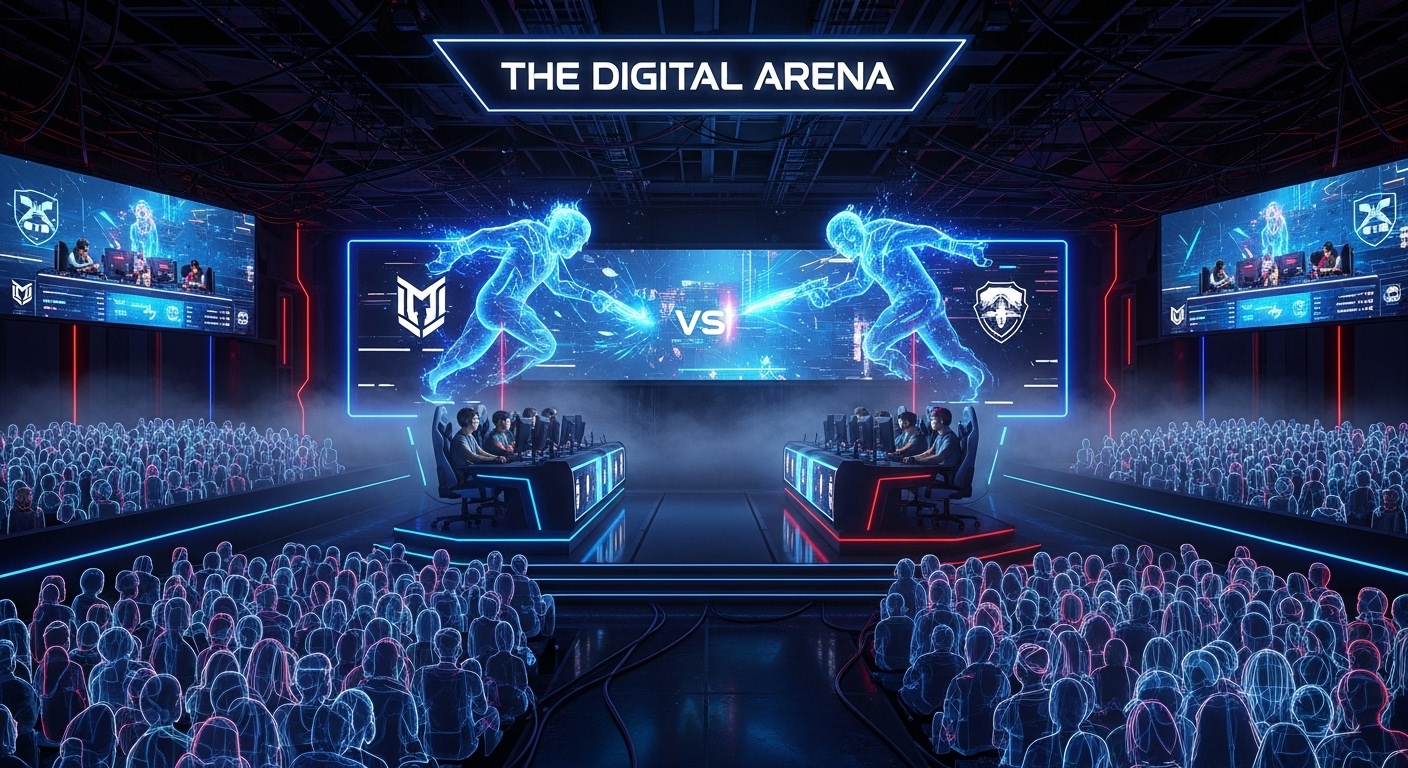Counter-Strike has been one of the most iconic and enduring games in esports history. Since its original release in 1999 and the rise of Counter-Strike: Global Offensive (CS:GO) in 2012, the game has fostered intense competition, legendary moments, and unforgettable rivalries. These rivalries aren’t just about winning matches — they’re about pride, skill, strategy, and the pursuit of legacy. Fans around the world live and breathe these matchups, eagerly awaiting the next clash between titans.
In this blog, we’ll explore some of the best rivalries in Counter-Strike history, examining the teams, players, and moments that made these showdowns legendary.
The Importance of Rivalries in CS:GO
Rivalries in Counter-Strike do more than entertain — they define eras. A great rivalry pushes teams to improve, motivates players to innovate, and captivates fans with compelling narratives. Rivalries can be local, regional, or international, and they often span years, with multiple high-stakes encounters shaping the history of the game.
These rivalries also fuel fan engagement. Online forums, live streams, and tournament stages become electric when two historic rivals meet. Beyond the competition, rivalries create stories, legends, and moments that become part of Counter-Strike’s cultural heritage.
1. Fnatic vs. Ninjas in Pyjamas (NiP) – The Swedish Showdown
Few rivalries capture the early CS:GO era better than Fnatic vs. NiP. Both Swedish organizations dominated the scene during the mid-2010s, producing some of the most memorable clashes in esports history.
- NiP’s Legacy: NiP, led by legendary player f0rest, became famous for their near-perfect runs in the early CS:GO era. Their famous 87-0 online win streak remains iconic, and their disciplined, tactical playstyle set the benchmark.
- Fnatic’s Rise: Fnatic, with stars like flusha and JW, eventually challenged NiP’s dominance, introducing aggressive strategies, surprise executes, and clutch plays.
Their matchups in tournaments like ESL One Cologne and DreamHack were often intense five-game series, filled with jaw-dropping highlights and incredible comebacks. The rivalry was fueled by national pride, contrasting playstyles, and the personal duels between the players.
Fans still reminisce about the legendary maps like de_inferno and de_dust2, where NiP’s precision met Fnatic’s flair.
2. Astralis vs. FaZe Clan – Danish Precision vs. International Firepower
The era of Danish dominance in CS:GO belongs to Astralis, a team that redefined teamwork and strategy. Their rivalry with FaZe Clan became one of the most anticipated matchups in modern CS:GO history.
- Astralis’ Approach: Astralis, led by device, dupreeh, and Xyp9x, focused on strategic depth, utility usage, and coordinated teamwork. They emphasized preparation, map control, and mental resilience.
- FaZe Clan’s Style: FaZe Clan relied on star power, mechanical skill, and aggressive playstyles. Players like NiKo and rain were known for extraordinary fragging abilities.
The clash between Astralis and FaZe often symbolized strategy vs. firepower. In grand finals at ESL One, IEM Katowice, and other Major tournaments, these encounters were filled with intense tactical duels, triple-kill rounds, and unforgettable clutch moments.
Their rivalry also highlighted a larger narrative: Astralis’ methodical dominance versus FaZe’s dynamic unpredictability. Fans debated endlessly about which style was superior.
3. Team Liquid vs. Natus Vincere (Na’Vi) – North America Meets Eastern Europe
Team Liquid and Na’Vi represent two regions with contrasting strengths. Their rivalry became particularly intense during the late 2010s and early 2020s, as Team Liquid rose to global prominence and Na’Vi maintained their elite Eastern European presence.
- Na’Vi: Known for legendary players like s1mple and electronic, Na’Vi is a team built on raw talent, fast reflexes, and aggressive plays. s1mple, widely considered one of the best CS:GO players ever, has often been the deciding factor in close games.
- Team Liquid: Liquid, led by EliGE and nitr0, emphasized team coordination and disciplined approaches, especially in North American tournaments.
When these two teams met in grand finals, it wasn’t just a match — it was a clash of continents and styles. Classic encounters, such as ESL One Cologne and Intel Extreme Masters matches, produced overtime thrillers and highlight-reel plays. Fans worldwide tuned in to see whether raw talent or structured teamwork would prevail.
4. SK Gaming / MIBR vs. Luminosity Gaming – The Brazilian Powerhouses
The Brazilian scene has produced some of the most passionate CS:GO rivalries, particularly between SK Gaming, later transitioning to MIBR, and Luminosity Gaming.
- Luminosity Era: Luminosity, featuring stars like coldzera and Fallen, rose to international fame by winning multiple Major tournaments, including the memorable MLG Columbus 2016. Their aggressive playstyle and coordinated executes dominated the global stage.
- SK/MIBR Era: SK Gaming inherited much of Luminosity’s roster and continued their dominance, cementing Brazil as a CS:GO powerhouse. Their matches were filled with dramatic comebacks, 2v5 clutches, and extraordinary rounds that defined the golden era of Brazilian CS:GO.
The rivalry between these teams was fueled not only by competitive spirit but also by national pride. Brazilian fans cheered passionately, making every match feel like a final, regardless of tournament stage.
5. Virtus.pro vs. Na’Vi – Eastern European Titans
Eastern Europe has a deep history in Counter-Strike, and no rivalry highlights it better than Virtus.pro vs. Na’Vi.
- Virtus.pro: Known as the “Golden Five” during their prime, Virtus.pro featured TaZ, NEO, and pashaBiceps, players with unmatched chemistry and longevity. Their playstyle combined resilience, strategic depth, and clutch potential.
- Na’Vi: Na’Vi’s aggressive, star-driven approach with s1mple or Edward made them a perfect foil to Virtus.pro’s structured teamwork.
This rivalry became legendary during tournaments like ESL One and DreamHack, with epic multi-map series and nail-biting overtime rounds. Fans celebrated each match as a cultural event, and the tactical battles on maps like Cache and Train became case studies in competitive CS:GO strategy.
6. G2 Esports vs. Heroic – Modern European Rivalry
In recent years, G2 Esports and Heroic have developed a fierce European rivalry. While G2 boasts star players like NiKo and huNter-, Heroic’s Danish lineup emphasizes teamwork, discipline, and consistency.
This rivalry is notable for:
- Clutch rounds and overtime thrillers, where the margin between victory and defeat is razor-thin.
- Contrast in styles, with G2 favoring explosive aggression and Heroic excelling in methodical map control.
- Fan engagement, as social media and streaming platforms allow fans to debate every strategic choice and individual play.
These matches often serve as previews for Major tournaments, giving fans a taste of high-level European competition.
7. Team EnVyUs vs. Fnatic – The Early CS:GO Era
In the early CS:GO scene, Team EnVyUs and Fnatic established one of the first truly global rivalries.
- Fnatic dominated early tournaments with mechanical brilliance and aggressive executes.
- EnVyUs, with players like kioShiMa and Happy, emphasized strategic depth, utility usage, and disciplined rotations.
Their battles at ESL One, DreamHack, and other international events often became maps of legend, filled with clutches, multi-kills, and tactical masterclasses. This rivalry helped establish CS:GO as a competitive esport and set standards for future generations.
Factors That Make CS:GO Rivalries Legendary
- Clashing Styles: Teams with contrasting approaches — strategy vs. aggression, teamwork vs. star power — create tension and excitement.
- Player Legends: Iconic players elevate rivalries, as fans follow personal duels within the team conflicts.
- High Stakes: Major tournaments, playoffs, and championship matches intensify rivalries.
- Fan Engagement: Active communities, social media debates, and passionate spectators amplify rivalries beyond the game.
- Historical Significance: Longevity and repeated encounters create narratives that fans invest in emotionally.
Conclusion
Counter-Strike rivalries are more than just competitive matches — they are stories of pride, skill, and legacy. From the Swedish dominance of Fnatic vs. NiP to the global clash of Team Liquid vs. Na’Vi, these rivalries have defined eras, shaped player careers, and captivated fans worldwide.
Each rivalry contributes to the lore of CS:GO, inspiring new generations of players and viewers to experience the thrill of competition. Whether it’s a tactical showdown, a star-studded face-off, or a dramatic overtime thriller, these legendary rivalries ensure that Counter-Strike remains one of the most exciting esports in the world.
In the end, the true beauty of these rivalries lies not just in who wins or loses, but in the unforgettable moments, strategies, and stories they create — moments that fans will remember forever.



